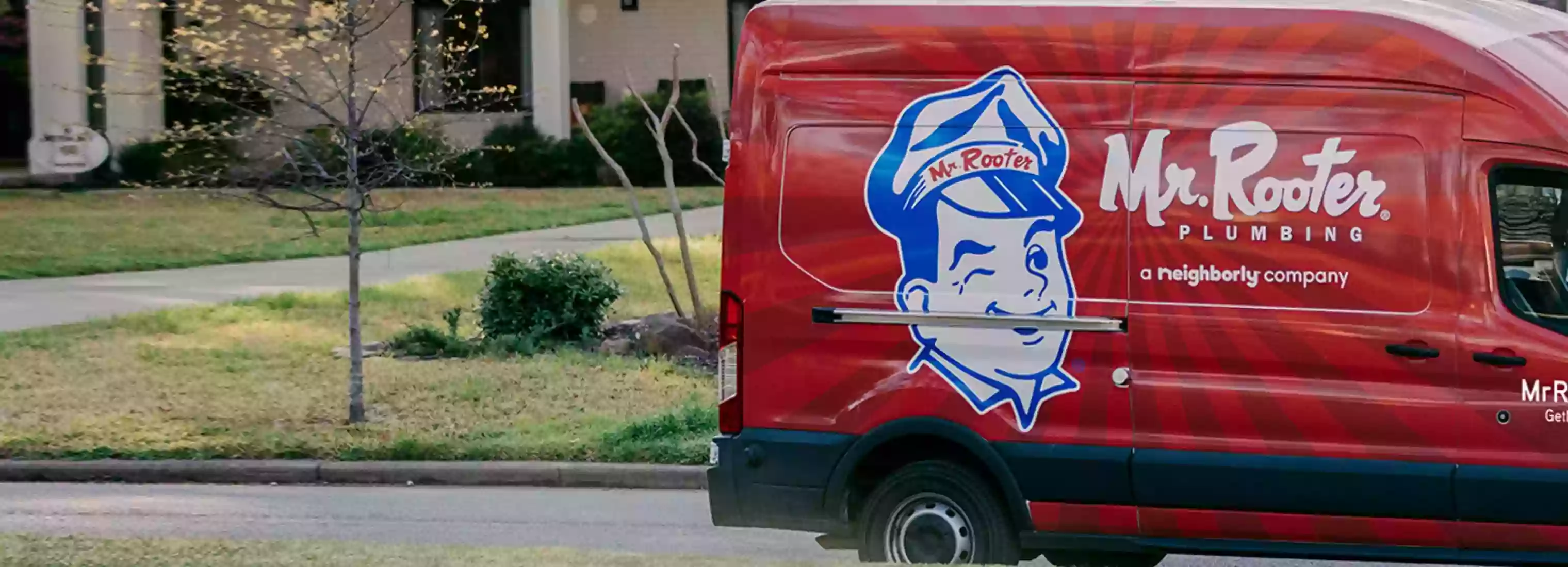Locating Your Water Shut-Off Valve

How Do I Shut Off My Water In An Emergency?
You do not want to be caught unaware of the location of your home's water shut-off valve in a plumbing emergency. Water shut-off valves are your first line of defense against water damage.
Homeowners should know where these valves are to prevent flooding and water damage to their belongings quickly.
Knowing where your shut-off valve is can help minimize damage to your property and home. A plumbing professional should handle any home emergency that requires shutting off water. The plumbing team at Mr. Rooter Plumbing of Amarillo can handle your emergency promptly.
How Do I Locate My Water Shut-Off Valve?
Your fixture-specific shut-off valves are rather easy to locate. They are usually behind the appliance or underneath the sink. Finding your home’s main shut-off valve can be more challenging.
Locating your main water shut-off valve is crucial for emergency readiness. Indoors, check basements, crawlspaces, utility rooms, or near the water heater. Typically, this valve is situated near where the main water line enters your home.
The main shut-off valve may be outdoors in some cases, especially in older homes or colder climates. However, it is often found in a ground-level utility box near the foundation.
When Do I Need to Locate My Water Shut-Off Valve?
Some homeowners can go years without using their home’s water shut-off valve. It’s easy to forget how important this valve is for protecting your home and most property. In the event of a burst pipe, this important valve can prevent leaks from becoming disasters.
Frozen pipes, broken sewer lines, and any situation with uncontrollable water leakage require shutting off your home’s shut-off valve. Your sinks and toilets also have small shut-off valves that you may need to shut off occasionally.
Another reason that you may need to use a shut-off valve is when a plumber is performing maintenance. In these situations, they will shut off the water to your home before beginning maintenance or repairs. Whether replacing a faucet, installing a new appliance, or conducting renovations involving plumbing, shutting off the water ensures a safe and controlled work environment.
Beyond knowing where your home’s shut-off valves are located, you should regularly inspect and test them to ensure they work properly.
Where Are Different Types of Water Shut-Off Valves Located?
Every home has two main types of valves. One main valve can shut the flow of water to your home on and off. This valve is typically located where the main water line enters your house. It could be located in the basement or crawlspace near the water meter. It is often located near the water heater or in a utility closet in warmer states.
Fixture-specific shut-off valves control the water supply to individual fixtures. These smaller valves are found in sinks, toilets, and appliances like washing machines and dishwashers. They are typically located near the fixture (under the sink or behind the toilet).
What Do I Do if I Can’t Find My Home’s Shut-Off Valve?
Don’t feel bad if you do not know where your home’s main shut-off valve is located. Every home is different, and it isn’t always obvious. Consult your home’s original blueprints or property records.
You can also contact previous owners or builders. If those options don’t work, you can schedule an appointment with Mr. Rooter. We can locate your home’s shut-off valve and answer any other questions you have.
Why Choose Mr. Rooter Plumbing of Amarillo
There is no shortage of plumbers, but not all plumbers deliver exceptional service every time. There’s nothing worse than hiring someone who doesn’t fully fix the problem. Residents in Amarillo have come to rely on Mr. Rooter to deliver exceptional service every time. Our company is synonymous with high-quality repairs and police customer service.
Reach out to us today to learn more about how we can assist you. We’ll happily help with your issues in Potter County and Randall County.
 Click to call
Click to call


